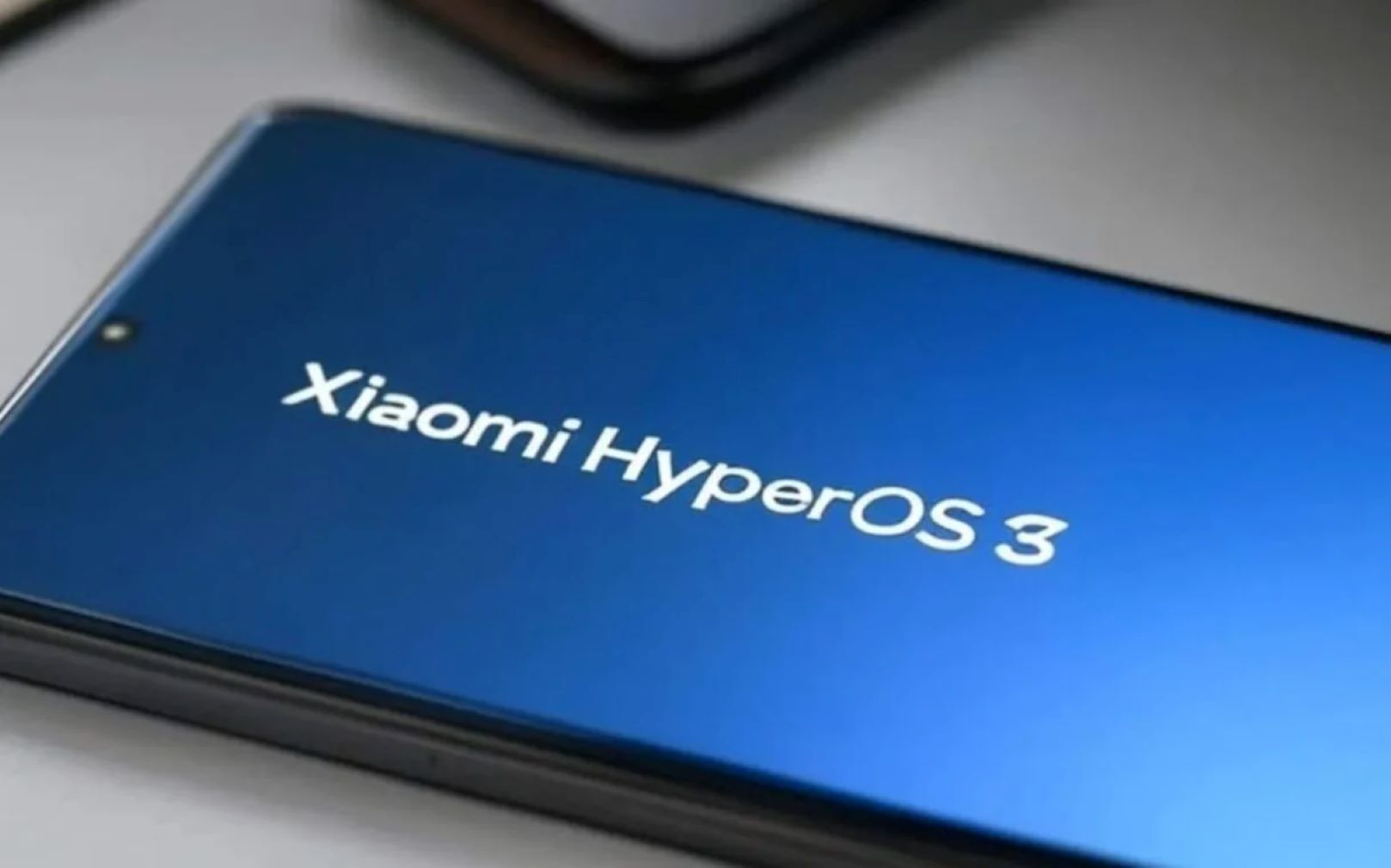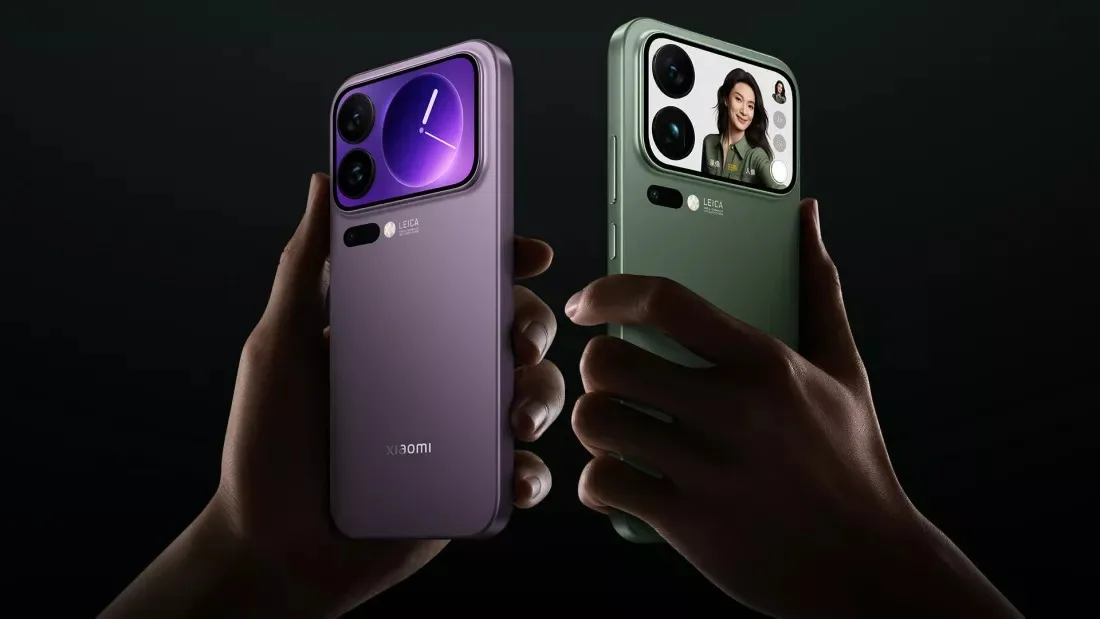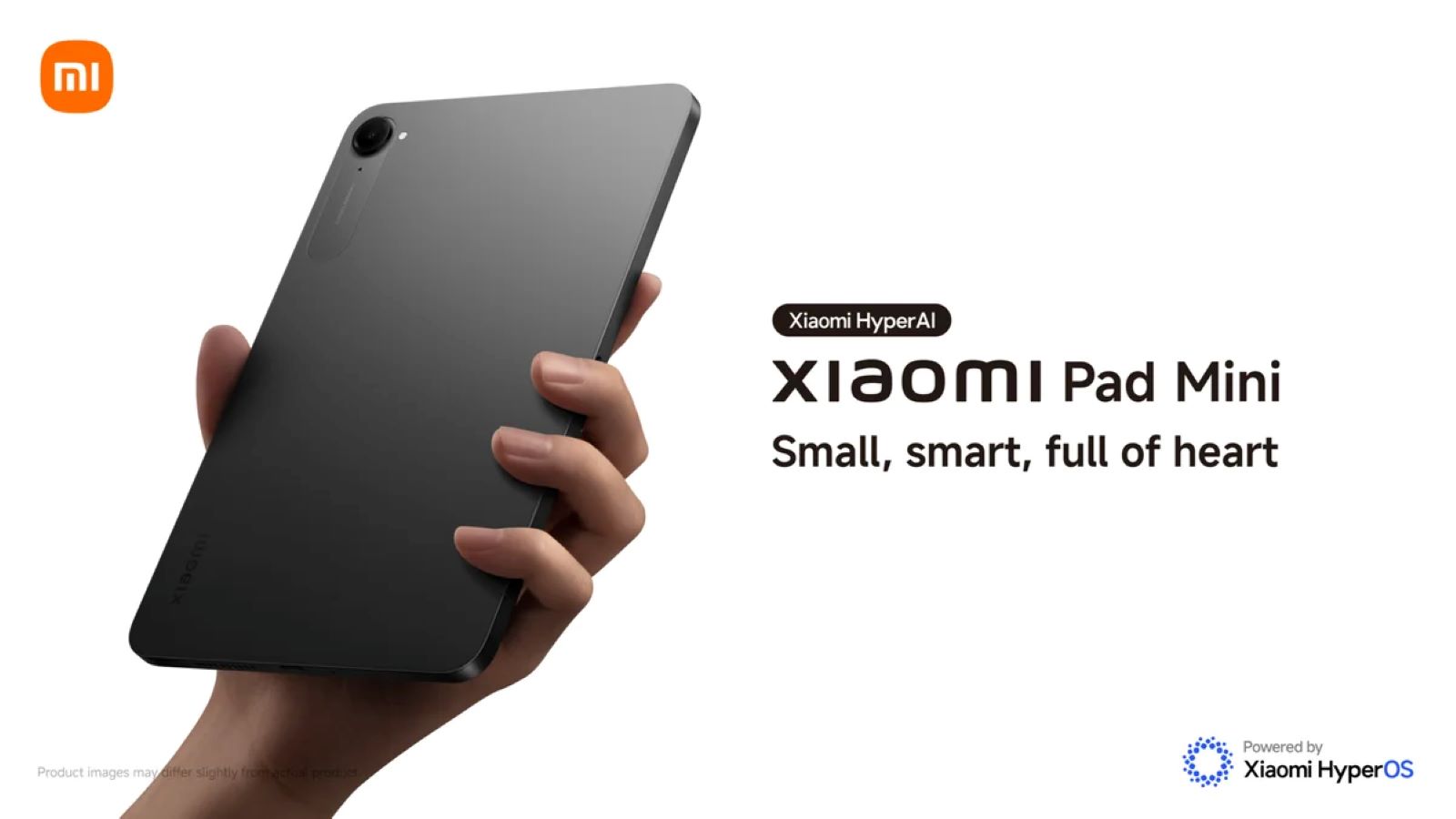The upcoming Xiaomi 16 series might gain a subtle but important edge over its main rival, the Google Pixel 10 Pro, in one of the most routine tasks of smartphone use: unlocking the device. According to fresh supply chain reports, Xiaomi is testing an advanced single-point ultrasonic fingerprint scanner for its next flagship. If true, this would give users a noticeably faster and more reliable security option compared to what many expect from Google’s future devices. It also quietly addresses one of the most persistent complaints Pixel users have had for years.
Key Takeaways
- Xiaomi is reportedly planning to include a high-end single-point ultrasonic fingerprint scanner in the Xiaomi 16 series.
- This technology is generally faster and more secure than the optical scanners used in many phones.
- Google’s Pixel phones have previously faced user complaints about slow and unreliable fingerprint sensors.
- While the Pixel 10 Pro is likely to use an ultrasonic sensor, Xiaomi may employ a newer, more advanced version.
For years now, in-display fingerprint scanners have been a point of debate among smartphone owners, both in India and worldwide. At the heart of the discussion are the two main technologies: optical and ultrasonic. Optical scanners, which are still common in mid-range devices and some older flagships, essentially snap a 2D image of your fingerprint using light. They tend to falter with wet or oily fingers and are usually slower to respond.
Ultrasonic scanners work differently. They rely on sound waves to build a precise 3D map of the fingerprint’s ridges and valleys. The result is a system that’s not only quicker but also more secure, and importantly, far more dependable when your finger isn’t perfectly clean or dry.
Google, despite being the creator of Android itself, has had a somewhat bumpy track record here. The Pixel 6 and Pixel 7 series leaned on optical scanners that many found frustrating, too slow, too inconsistent. Even though Google is widely expected to adopt ultrasonic technology in the Pixel 9 and likely the Pixel 10 Pro, Xiaomi’s move suggests it could still outpace Google by adopting a more advanced version.
The detail that stands out is Xiaomi’s reported testing of a “single-point” ultrasonic solution. While it’s not the large-area scanner used in more expensive setups, it still marks a significant leap over traditional optical designs. A faster and more precise fingerprint unlock might sound like a small upgrade, but it adds up. Think about the number of times you unlock your phone every day, shaving off even a fraction of a second can make the whole experience feel smoother.
Most flagship battles usually circle around cameras, processors, or battery life, and those matter, of course. But sometimes it’s these smaller, almost invisible details that shape how premium a device feels in everyday life. If Xiaomi does equip the 16 series with a top-tier ultrasonic scanner, it won’t just be another spec on paper. It could very well become one of the phone’s quiet strengths, perhaps even the deciding factor for users who care deeply about convenience and reliable security.
Frequently Asked Questions (FAQs)
Q. What is an ultrasonic fingerprint scanner?
A. An ultrasonic fingerprint scanner is a type of biometric security technology that uses high-frequency sound waves to map the 3D details of a fingerprint. This makes it more accurate and secure than 2D optical scanners.
Q. Which is better, an optical or ultrasonic fingerprint scanner?
A. Ultrasonic scanners are generally considered better because they are faster, more secure, and work more reliably with wet or dirty fingers compared to optical scanners, which use light to capture a 2D image.
Q. Did previous Google Pixel phones have scanner problems?
A. Yes, many users of the Google Pixel 6 and Pixel 7 series reported that the in-display optical fingerprint scanners were slow and unreliable, leading to a frustrating user experience.
Q. When are the Xiaomi 16 and Google Pixel 10 Pro expected?
A. The Xiaomi 16 series is expected to launch first in China near the end of 2024, likely powered by the yet-to-be-announced Snapdragon 8 Gen 4 chipset. The Google Pixel 10 Pro is expected to be released in the fall of 2025.










Add Comment